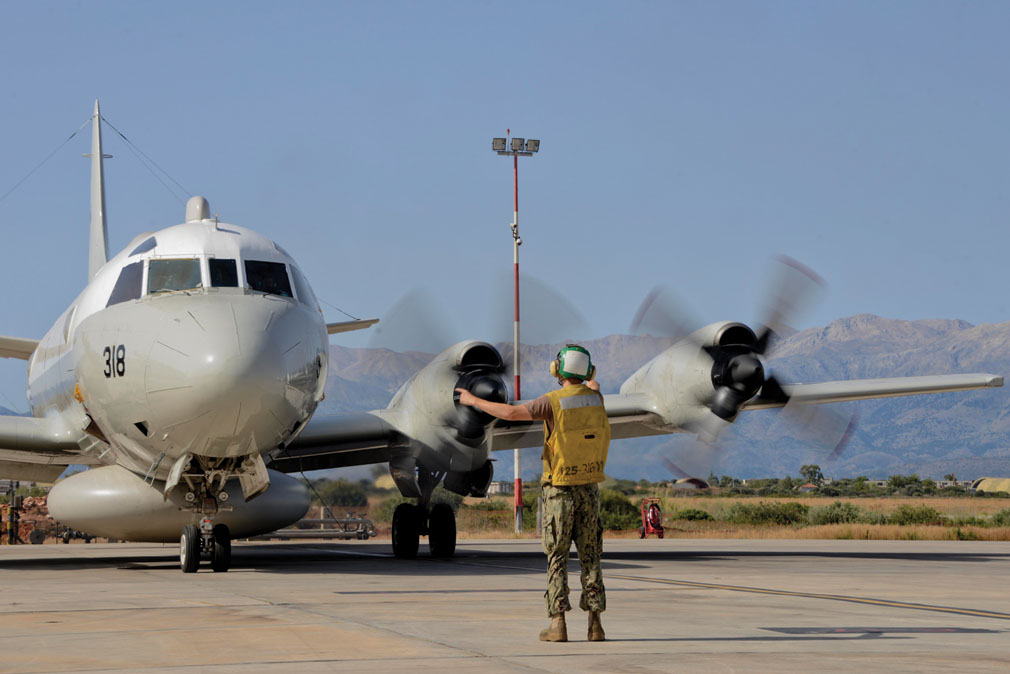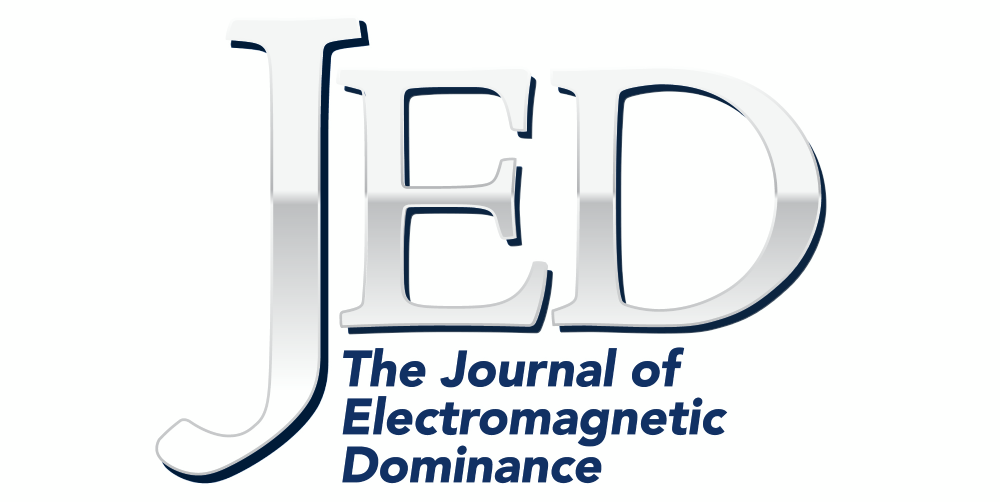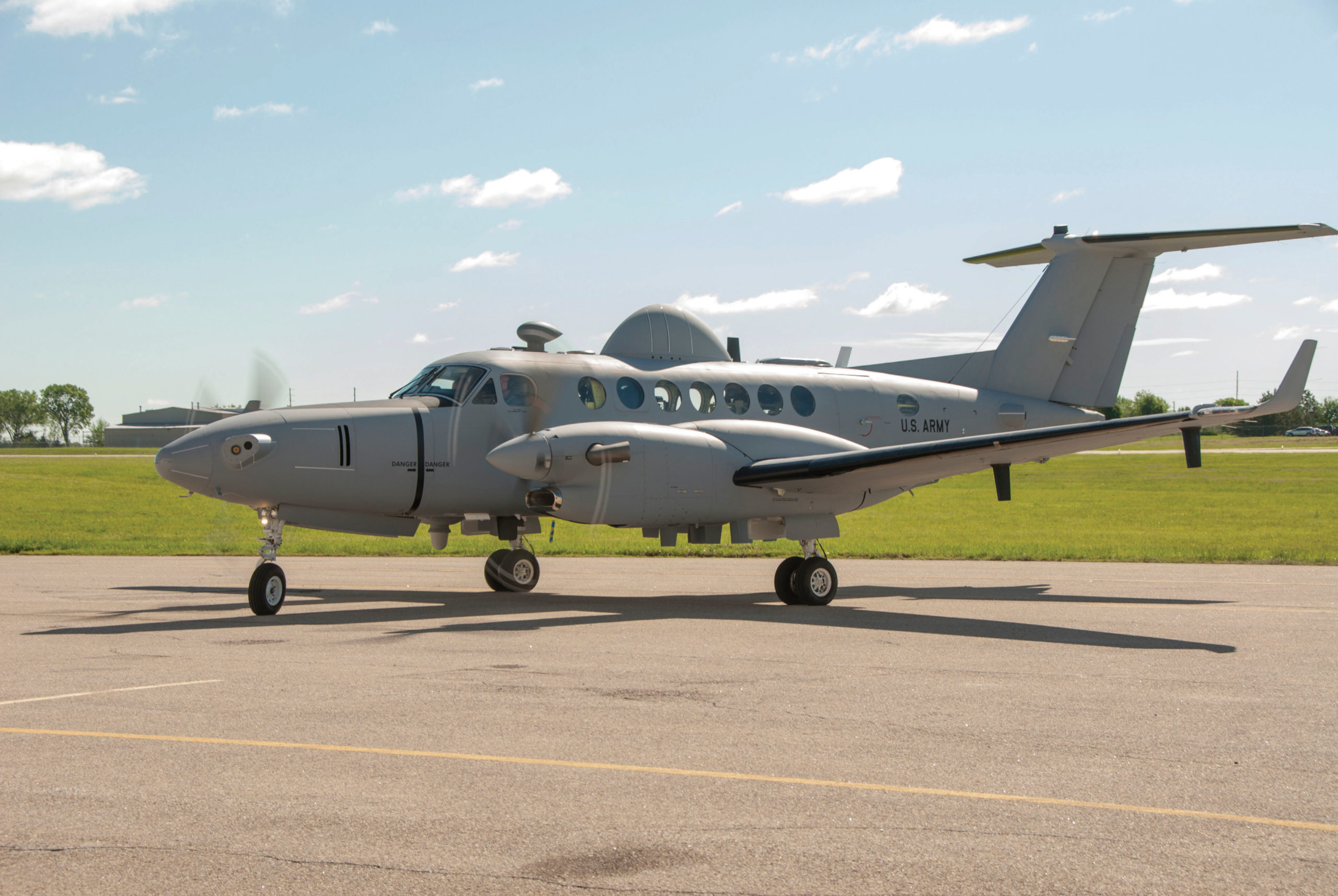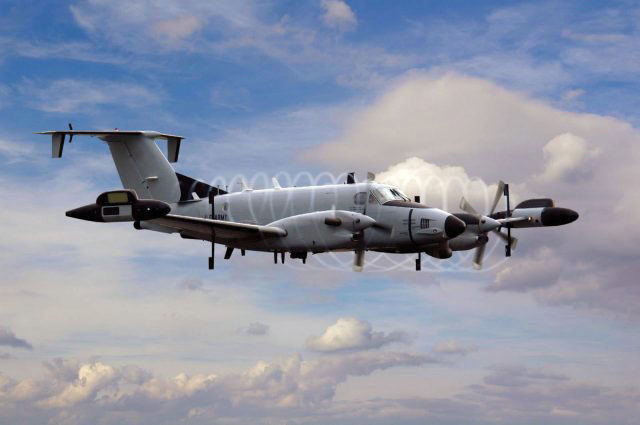
– By John Haystead –
As described in its official history, the National Security Agency (NSA) was formally established by the Secretary of Defense under specific instructions from President Harry Truman and the National Security Council (NSC) on November 4, 1952. The Secretary was instructed to delegate his communications intelligence (COMINT) responsibilities to the Director, NSA, and to entrust to him operational and technical control of all U.S. COMINT resources. Since then, the Agency has provided invaluable service as the Nation’s principal cryptographic, communications security (COMSEC) and signals intelligence (SIGINT) service. Today, NSA continues to maintain this responsibility even as its mission expands and the challenges it now faces in continuing to accomplish it have grown exponentially.
ROLE, RESPONSIBILITIES, RESOURCES
As noted on its website, the NSA recognizes that the SIGINT mission must keep pace with advances in the “high speed, multifunctional technologies of today’s information age. The ever-increasing volume, velocity and variety of today’s signals make the production of relevant and timely intelligence for military commanders and national policy-makers more challenging and exciting than ever.”

In response to JED’s inquiry for this article regarding the NSA’s role and responsibilities relative to ensuring this leadership position in SIGINT capabilities, including developing and employing state-of-the-art tools and systems, as well as constantly working to anticipate and prepare for future developments, Subject Matter Experts (SMEs) at the NSA’s Directorate of Operations, say “NSA accepts and embraces the responsibility of its position in adhering to all laws, directives and mandates. To maintain a lead role in the SIGINT mission, the organization must address the entire SIGINT package. If necessary, the structure is adjusted to improve areas in need. Some may not realize that we don’t have much control over the resources that we receive, but the mission always comes first and therefore we make critical changes to stay ahead of our adversaries.”
To accomplish its mission, NSA employs a highly-skilled workforce covering a wide range of technical fields. As the Directorate explains, “NSA has a large technical workforce because our mission is very technical in nature. Resources are finite, and so are state-of-the-art tools, but we find that this imbalance is mitigated by collaborating and partnering with others such as the DOD, the Services’ laboratories and industry.”
THE GROWING CHALLENGE
Today’s SIGINT system designers and operators face ever more daunting challenges in terms of the number and complexity of new signal technologies and capabilities being employed and exploited by potential adversaries. Among these challenges is the wide availability of highly-sophisticated, flexible commercial communication devices using advanced waveforms and operating over an ever-larger range of the EMS from HF and into the millimeter-wave region. The Directorate clearly recognizes these trends noting that “As with many complex communication technologies, coupled with the variety of options available, the challenge for system designers is to identify distinctions between worldwide product consumers and those of adversaries using the technologies. This challenge is magnified by the quick commercial product development cycle adding to the constant need to maintain an in-depth understanding of communication technologies. There are also definitely impacts to our workforce, in that constant education and training is necessary.”
In terms of identifying new and emerging adversarial capabilities as well as prioritizing threats and addressing potential capability gaps, the Directorate says, “There are always concerns, and it’s very hard to get 100% situational awareness when dealing with adversarial capabilities and the threat posed. What we hope to achieve is the ability to recognize the threat early enough to devise a mitigation strategy and implement it beforehand.”
As new and improved technologies and capabilities have been developed and introduced for the overall SIGINT mission, most observers are now also seeing a convergence of what were once more special-purpose and distinct communications intelligence (COMINT) and electronic intelligence (ELINT) signal detection and identification tools and systems with greater frequency coverage and broader instantaneous bandwidth, as well as incorporating DF/geolocation capabilities. From its perspective, NSA believes “Economic factors are driving convergence, not technology factors, and this will continue in the near future. Flexible products, such as software definable receivers, are a focus of system designers, and making a device adaptable yields significant benefits on both a technical and economic scale.”
In addition to signal detection, rapid (near-real-time) signal identification and classification are also critical to the SIGINT mission. Given the ever-increasing numbers of signals, signal types, and constantly-changing modulation schemes, this task is becoming increasingly difficult. To help accomplish the task, highly-automated, intelligent, intuitive, self-learning-system capabilities (often referred to as Cognitive EW) are being explored and developed with different levels of human interaction involved. NSA also sees the promise of this approach. “Placing more intelligence into a piece of equipment saves human resources and is a step towards automation. This is also true for the SIGINT mission and will be a prevailing direction.”
Overall, the NSA Operations Directorate says it “believes strongly in partnering for success in our Cybersecurity and Foreign Intelligence missions. We work closely with a wide range of partners in conducting research that will benefit our mission areas. Close partners include the DOE National Labs, the Service Laboratories and a number of Federally Funded Research and Development Centers. NSA also works with a large number of colleges and universities both to help solve mission critical problems and to prepare future experts in cybersecurity.” In addition, NSA says its “interaction with the commercial IT industry is very broad and deep. Importantly, our own IT needs make NSA a prime and demanding customer for state-of-the-art IT products for U.S. industry. We also partner with industry in a variety of ways to understand the IT technology being used by our foreign intelligence adversaries in order to gather their intentions and stop potential threats before they become attacks on U.S. network(s).”
EDUCATION AND TRAINING
As a core requirement, NSA also assumes a significant role in providing for the education and training of its SIGINT analysts and operators. “Maintaining a capable workforce is critical when sophisticated technologies are involved. NSA invests in the education of its workforce in many ways. The National Cryptologic School (NCS) is one approach the agency makes available to provide innovative training for our employees to keep them current and knowledgeable in mission areas like Cybersecurity, Information Assurance and SIGINT mission space.”
One frequently-raised concern regarding the design of new signal collection and identification tools and systems is what many see as a disconnect between what is important to the design engineers relative to what is practical for the operators, particularly the non-commissioned Service operators responsible for their use in the field. For example, for a system designer, the more features, detailed signal specification/characteristic info collected, or operator-selected, multiple modes of operation may be seen as highly desirable. While this may indeed be the case for a dedicated analyst, for the field operator who is tasked with rapidly and efficiently detecting, identifying, and locating particular signals of interest (targets), such additional features and data points are superfluous and often cumbersome, not to mention cost-prohibitive. In this regard, NSA says, “The identification and tracking of requirements and derived-requirements is critical for development designers as well as the Service operators. NSA puts forth a large effort to scrub requirements and implement design features that are necessary to meet mission objectives for any device and its users.”
Each of the Services conducts its own training exercises as well as participates in a number of Joint exercises each year. These exercises are increasingly incorporating an EW/SIGINT/Cyber component to help train operators as well as inform battlespace commanders of the capabilities that these tools and systems can provide them, how to manage those capabilities, and how to most efficiently use the available tools. At NSA, the importance of this EW/SIGINT/Cyber component is not missed. “As a combat support Agency, NSA ensures the Services receive the training support and product support necessary in order for Battlespace Commanders to be successful with their SIGINT mission.”
When the President and NSC chartered the NSA in 1952, they declared COMINT to be a “National responsibility,” rather than a DOD or Service-centric task. Since that time, the NSA has proven the prescience of that distinction, and JED’s glimpse into the dynamic and mission-focus of this necessarily secret agency helps illustrate the scope, breadth, and challenges associated with that responsibility. President Ronald Reagan summed up the critical role of the agency in a speech before NSA personnel at its Fort Meade, MD, headquarters in September 1986. “You understand that, since World War II, accurate, up-to-the-minute intelligence has saved lives, averted war, and kept alive the cause of freedom. Without the product of your painstaking and dedicated efforts, we would be blind and deaf in a dangerous world…Without your success in guarding our vital communications, information, and technology, our adversaries would rob us of the secrets we need to be strong and secure.” ♦
If you enjoyed this article, please share. If you would like to read more articles like this one, we encourage you to join the AOC to receive a copy of JED every month.




